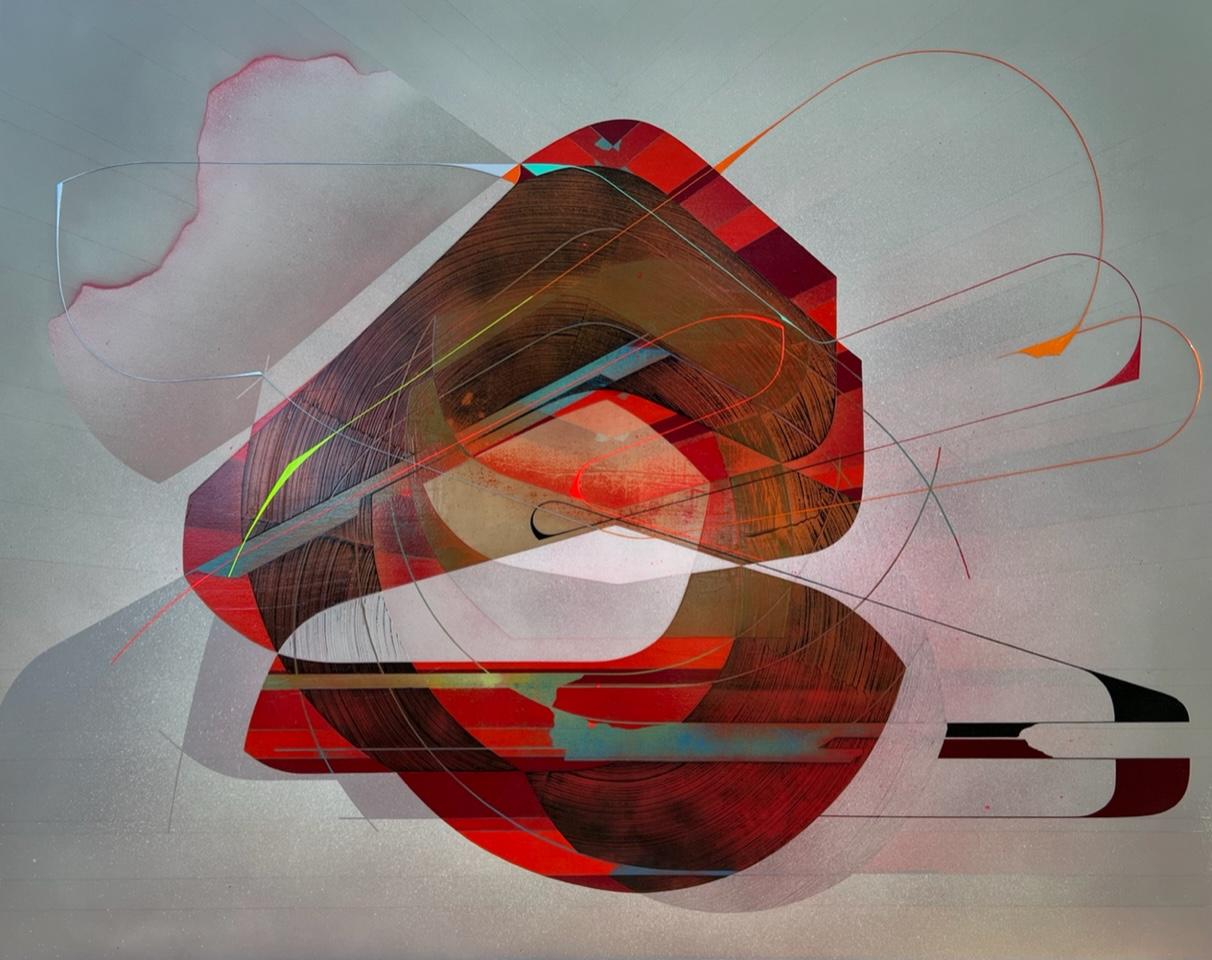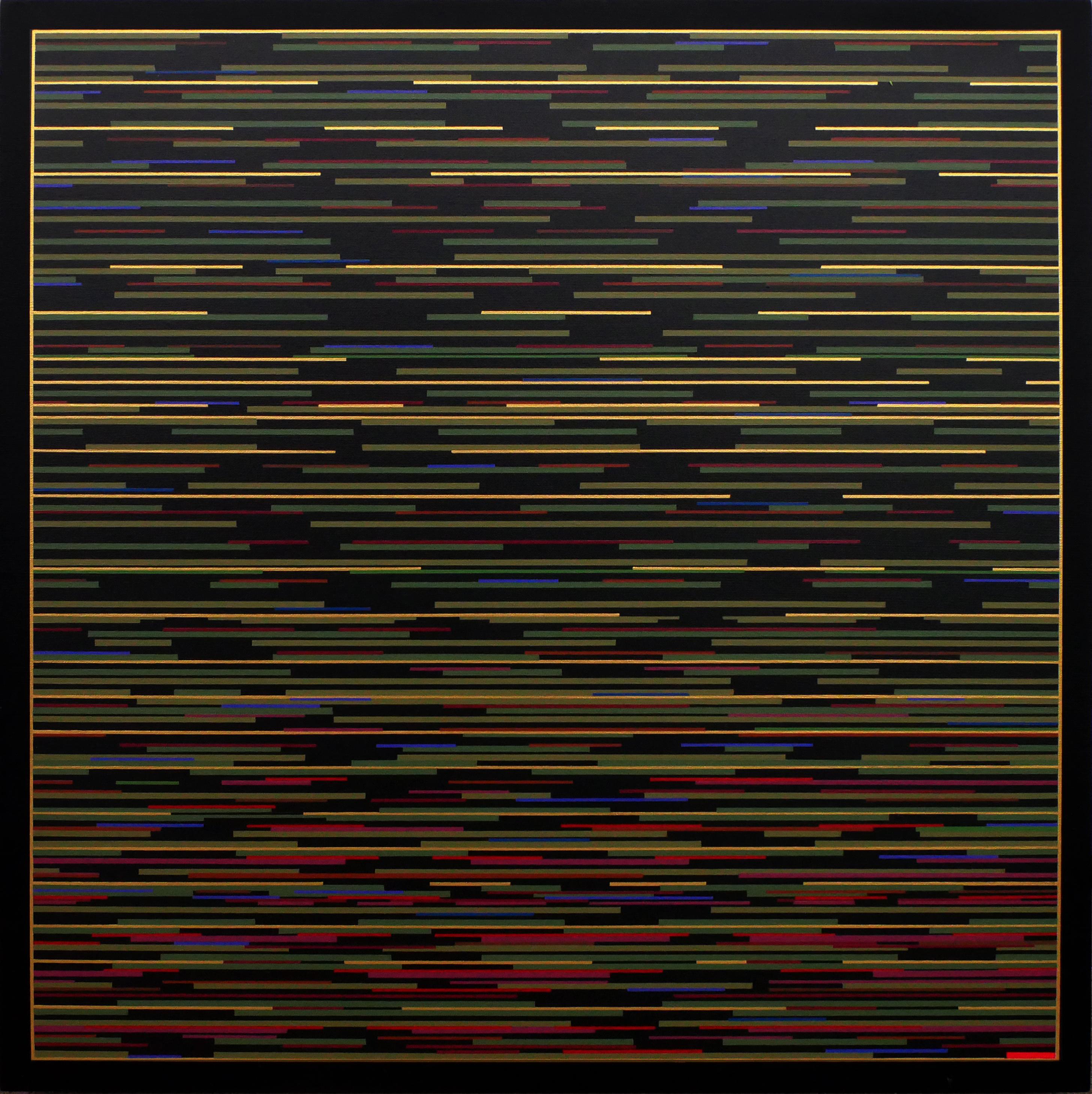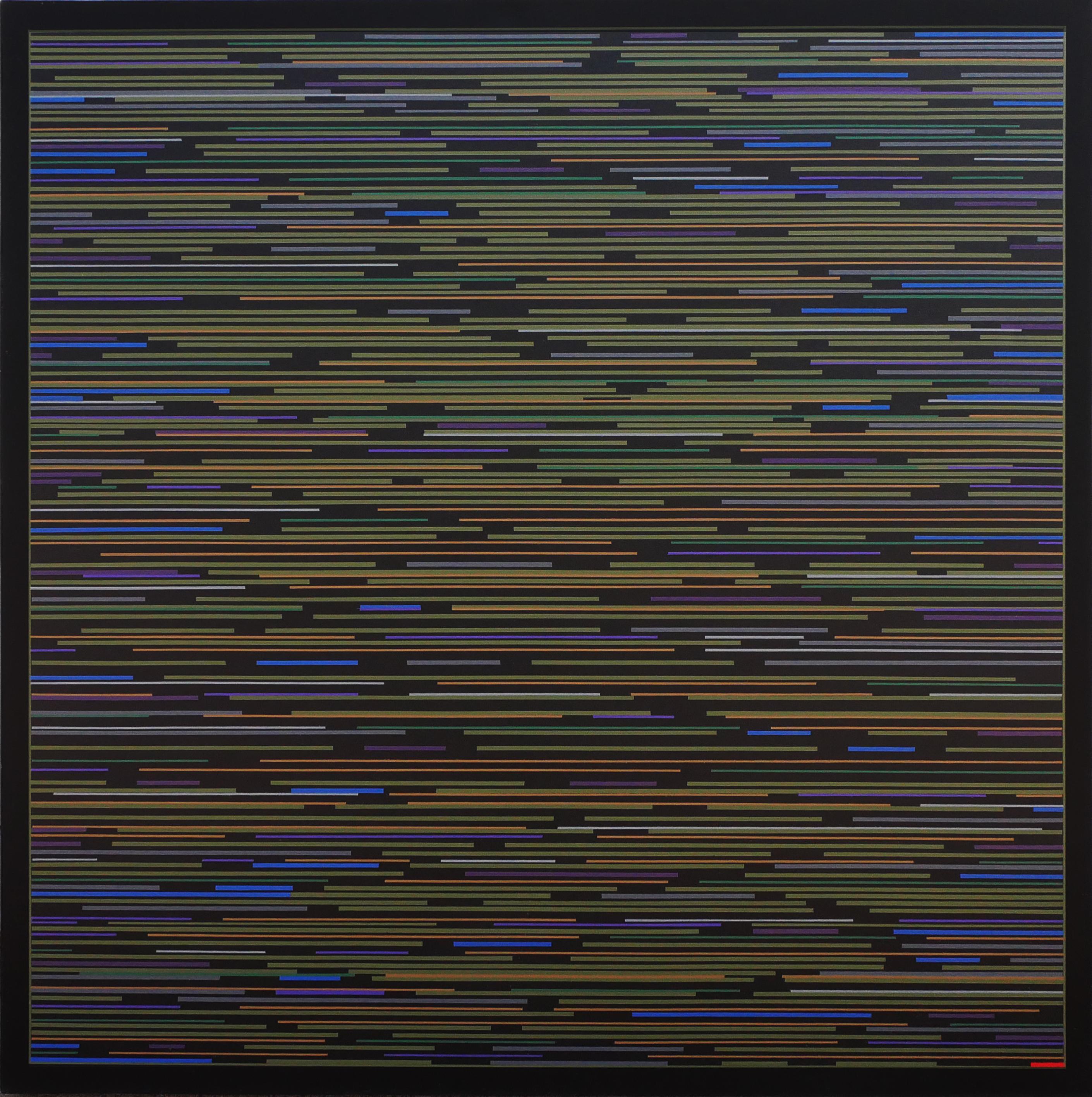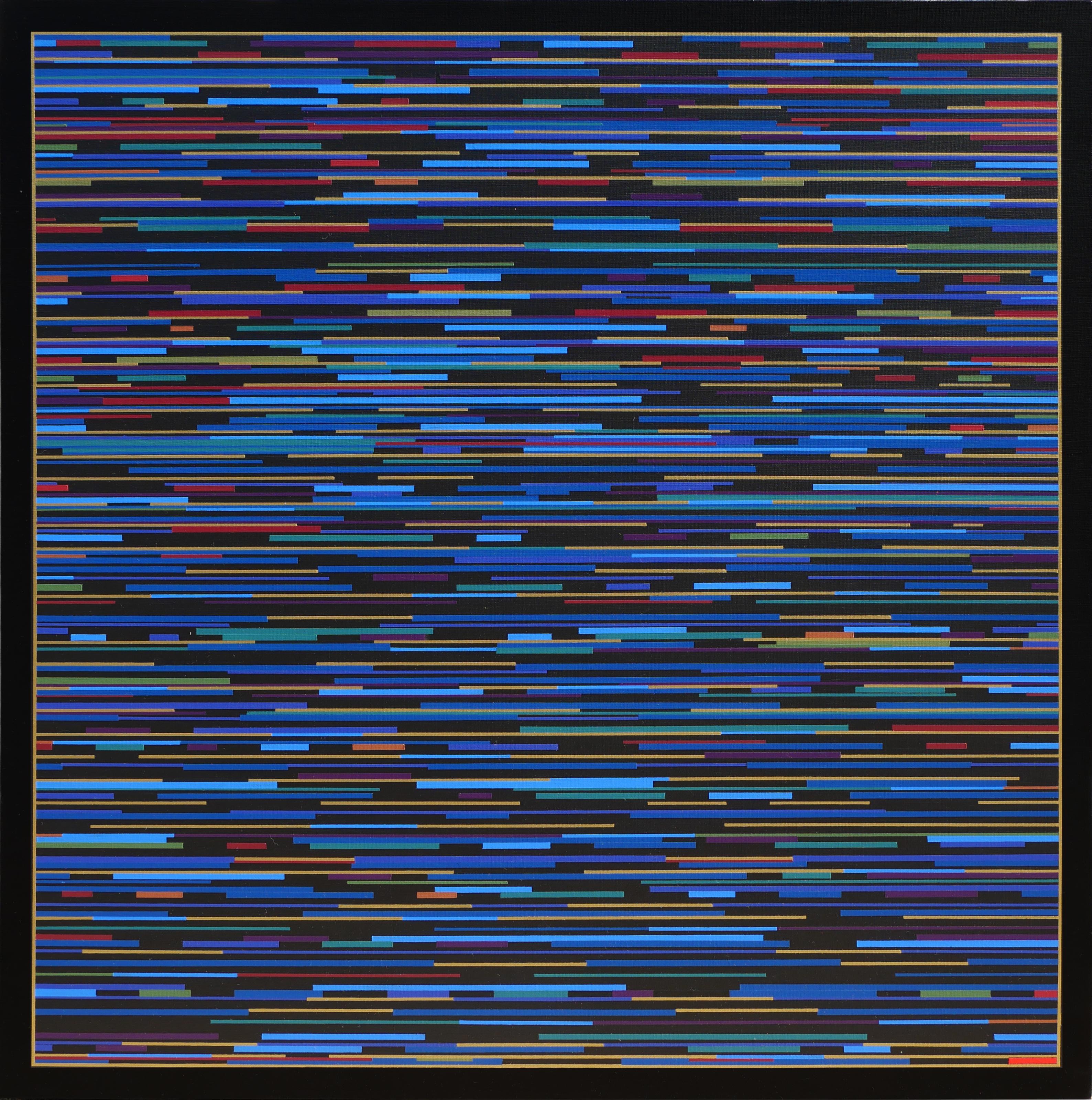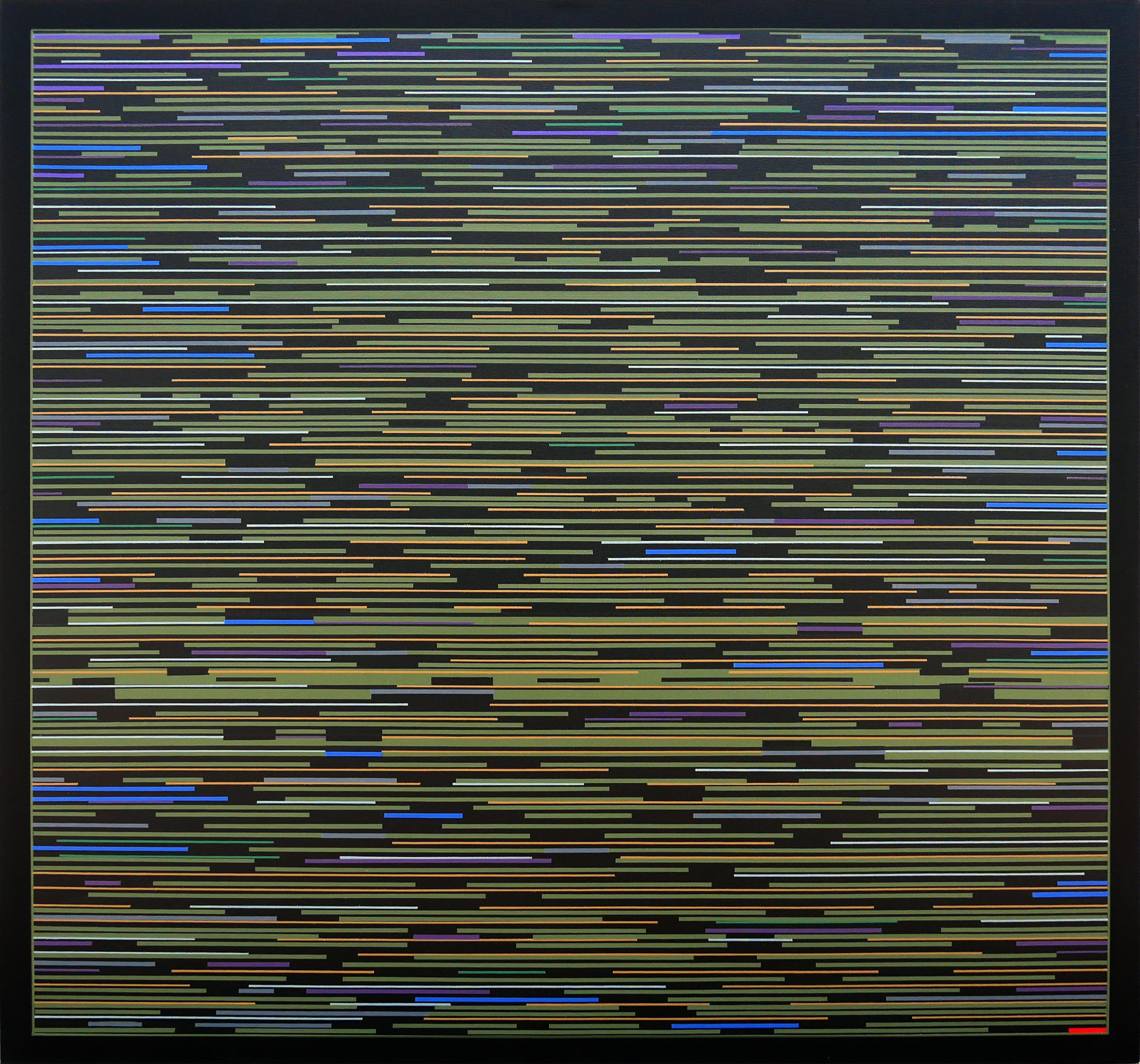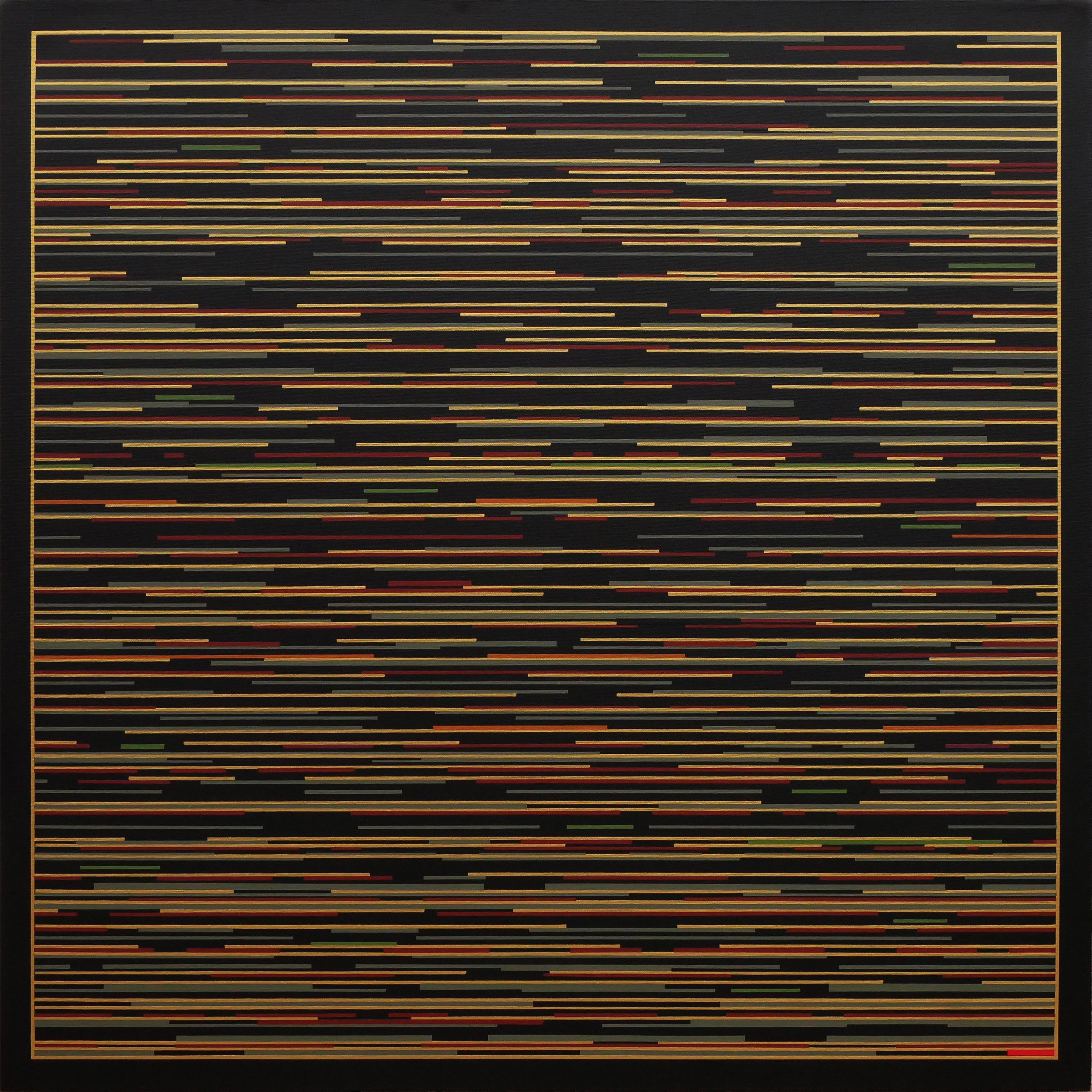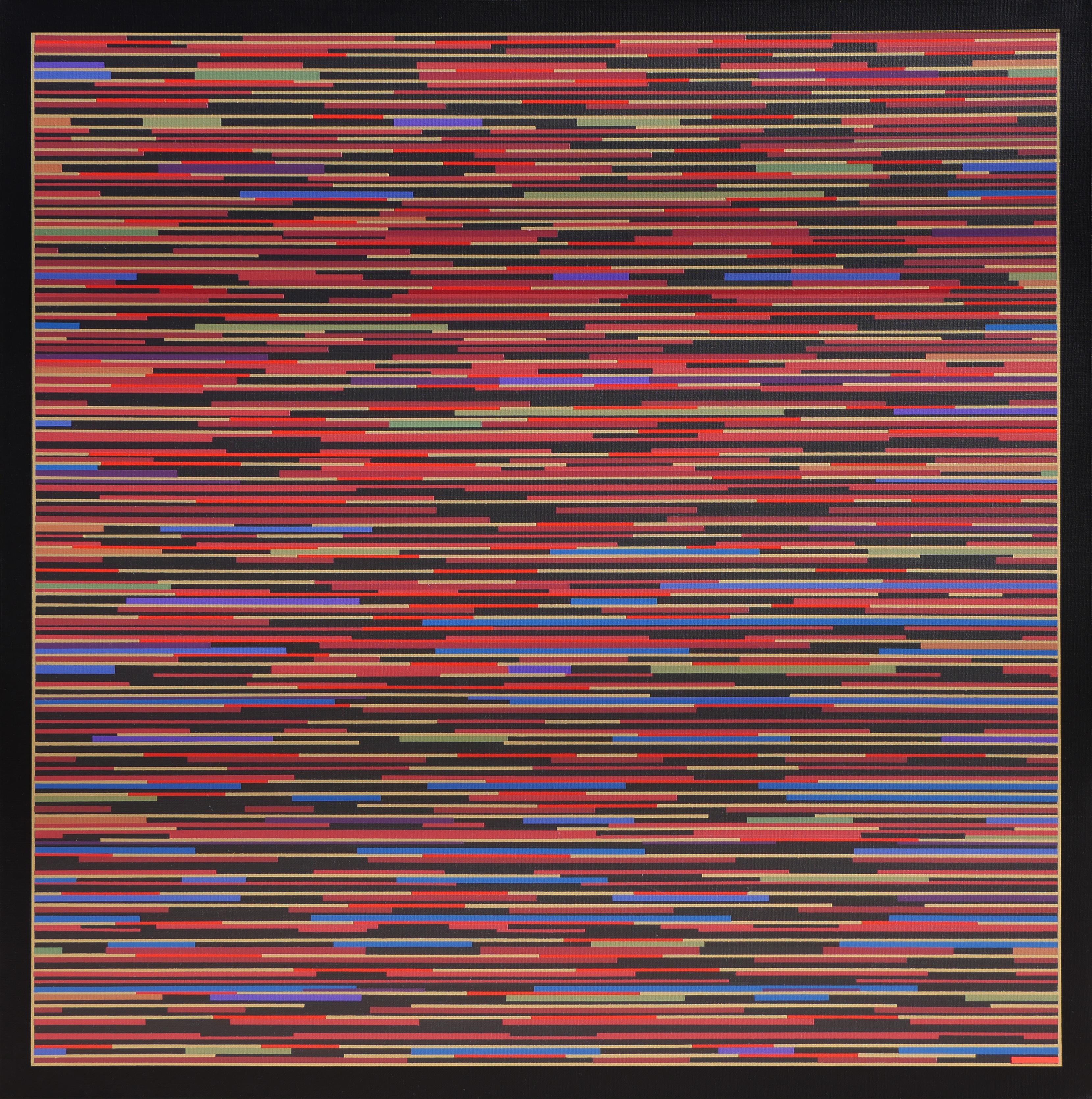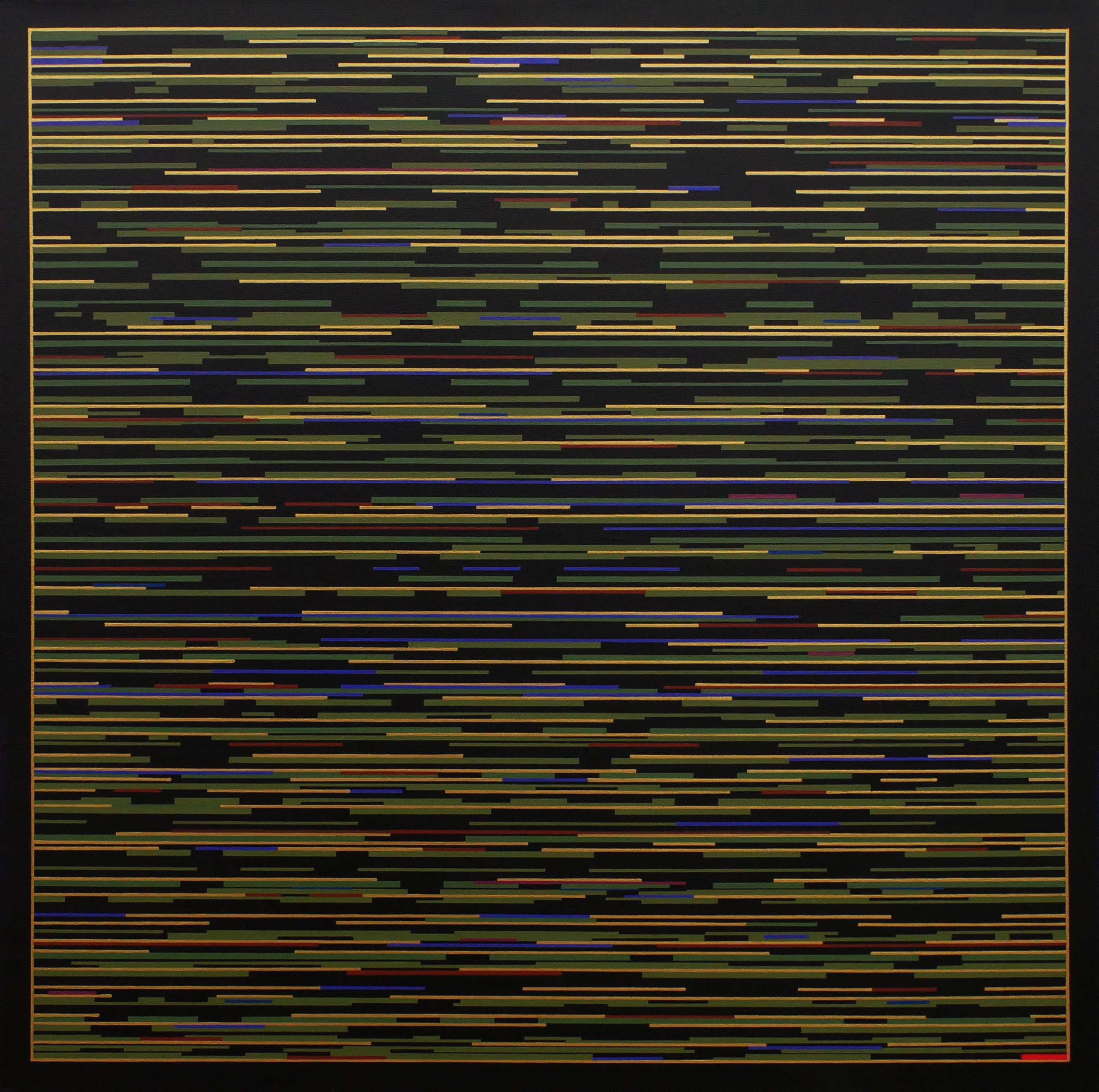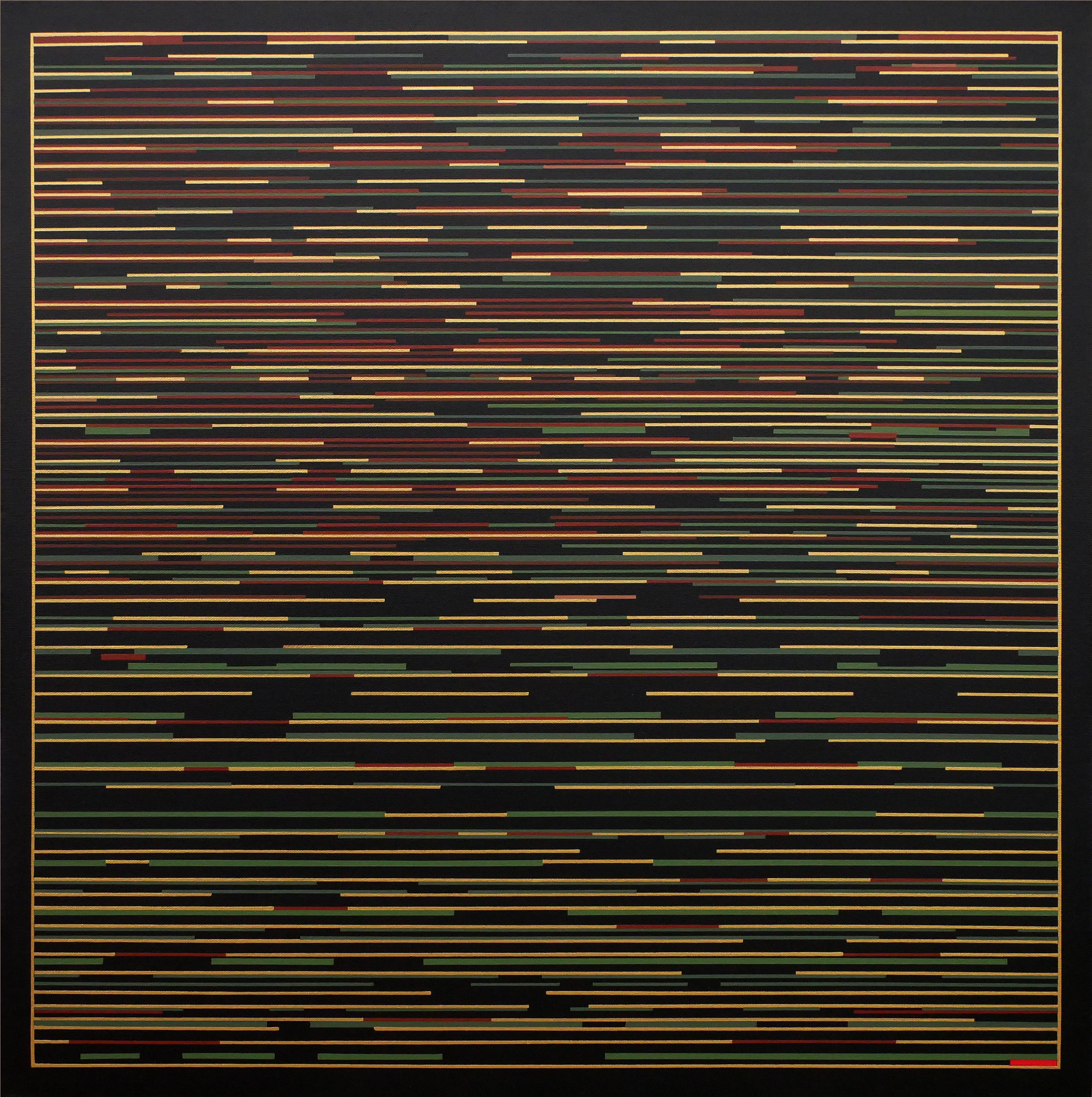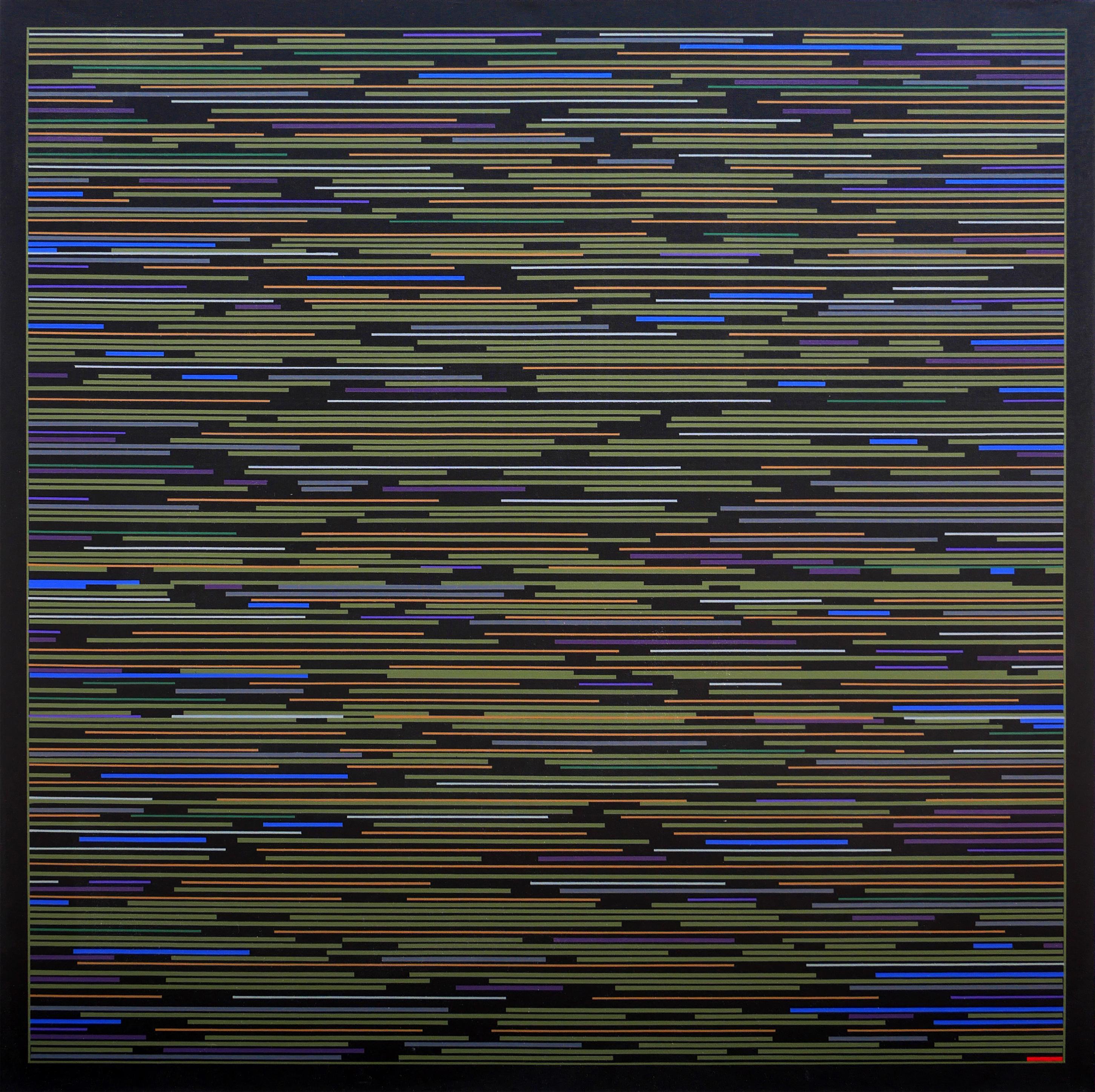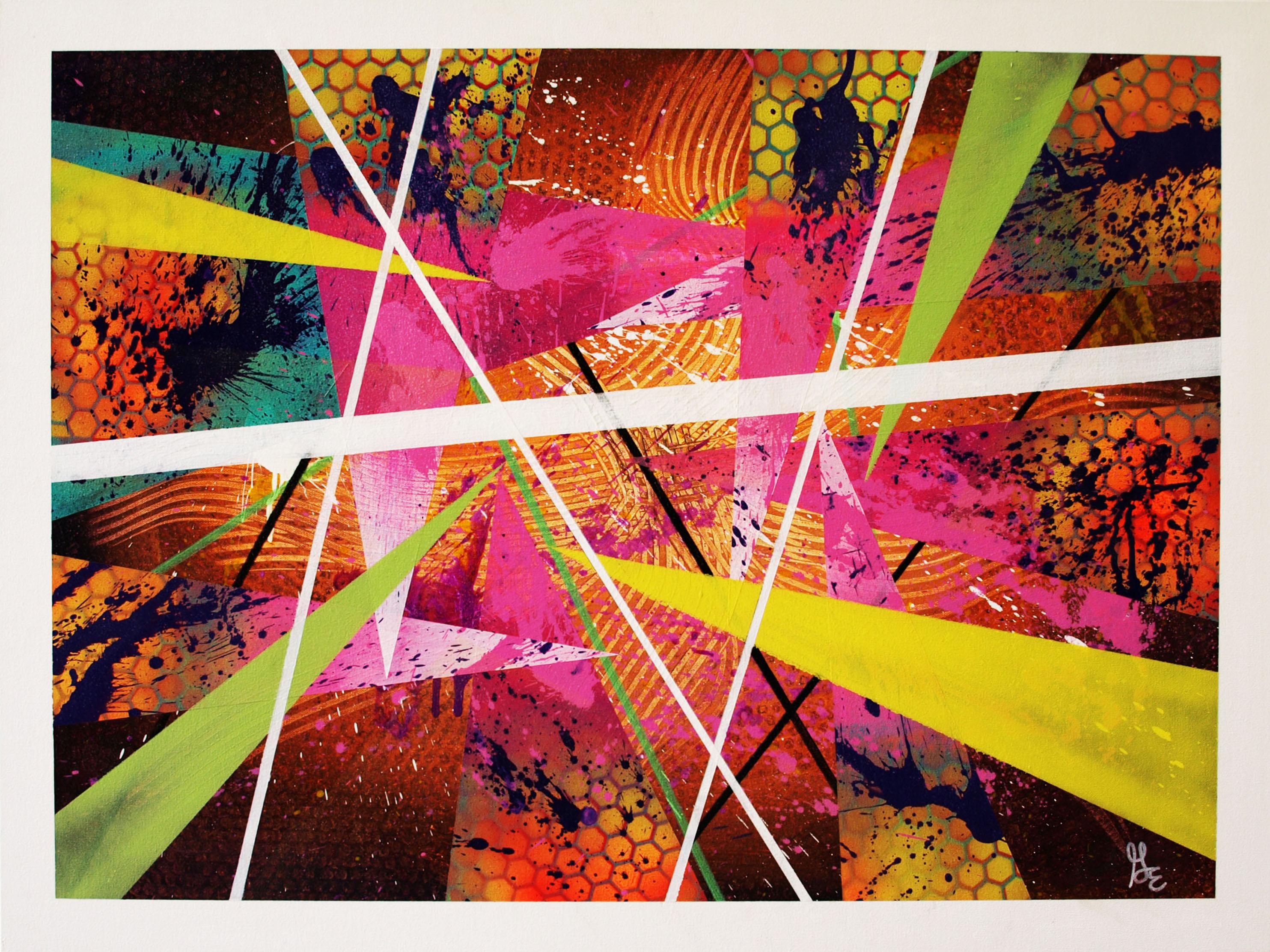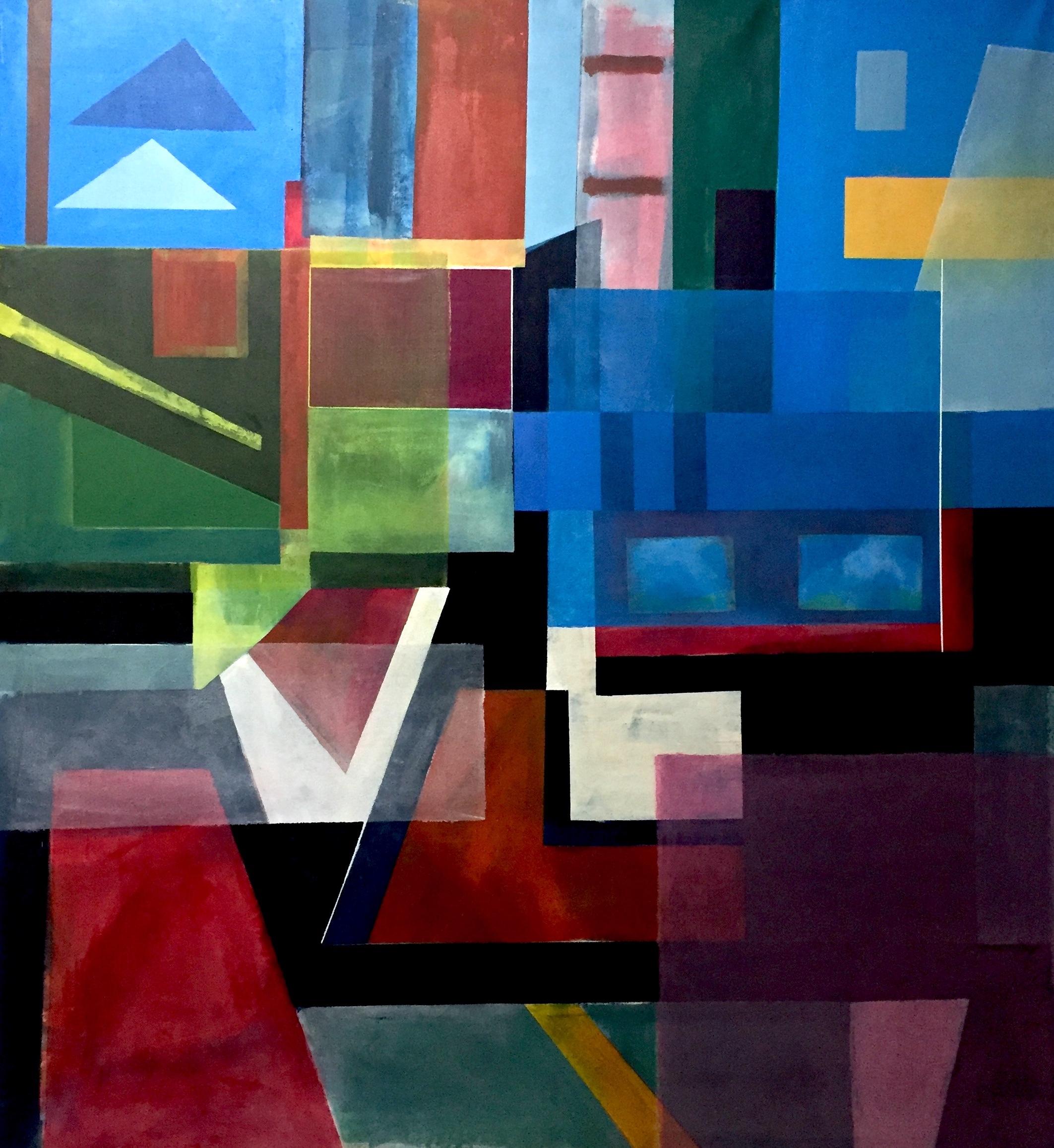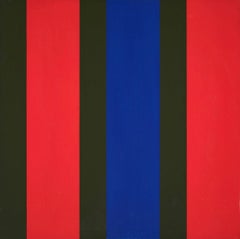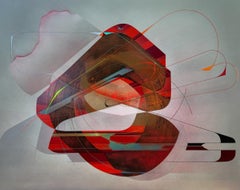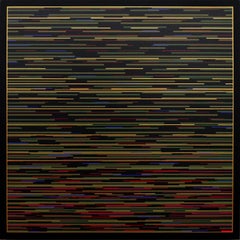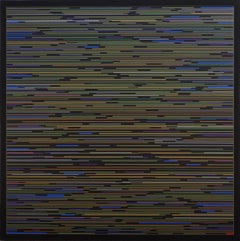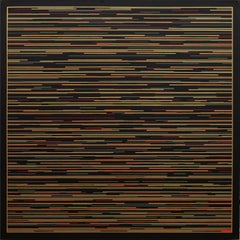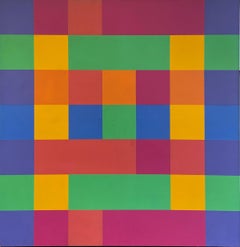
"Untitled" Mario Yrisarry, Geometric Abstraction, Color Field, Rainbow Squares
View Similar Items
Want more images or videos?
Request additional images or videos from the seller
1 of 7
Mario Yrisarry"Untitled" Mario Yrisarry, Geometric Abstraction, Color Field, Rainbow Squares1973
1973
About the Item
- Creator:Mario Yrisarry (1933, American, Filipino)
- Creation Year:1973
- Dimensions:Height: 48 in (121.92 cm)Width: 48 in (121.92 cm)
- Medium:
- Movement & Style:
- Period:
- Condition:
- Gallery Location:New York, NY
- Reference Number:1stDibs: LU1841212648412
About the Seller
5.0
Platinum Seller
Premium sellers with a 4.7+ rating and 24-hour response times
Established in 2022
1stDibs seller since 2022
99 sales on 1stDibs
Authenticity Guarantee
In the unlikely event there’s an issue with an item’s authenticity, contact us within 1 year for a full refund. DetailsMoney-Back Guarantee
If your item is not as described, is damaged in transit, or does not arrive, contact us within 7 days for a full refund. Details24-Hour Cancellation
You have a 24-hour grace period in which to reconsider your purchase, with no questions asked.Vetted Professional Sellers
Our world-class sellers must adhere to strict standards for service and quality, maintaining the integrity of our listings.Price-Match Guarantee
If you find that a seller listed the same item for a lower price elsewhere, we’ll match it.Trusted Global Delivery
Our best-in-class carrier network provides specialized shipping options worldwide, including custom delivery.More From This Seller
View All"Jean Jean" Larry Zox, Color Field, Geometric Abstraction, Hard-Edge, Yellow
By Larry Zox
Located in New York, NY
Larry Zox
Jean Jean, 1964
Signed, dated, and titled on the stretcher
Liquitex on canvas
58 x 62 inches
Provenance:
Solomon & Co., New York
Private Collection, NJ
Estate of the above, 2023
Committed to abstraction throughout his career, Larry Zox played a central role in the Color Field discourse of the 1960s and 1970s. His work of the time, consisting of brilliantly colored geometric shapes in dynamic juxtapositions, demonstrated that hard-edge painting was neither cold nor formalistic. He reused certain motifs, but he did so less to explore their aspects than to “get at the specific character and quality of each painting in and for itself,” as James Monte stated in his essay for Zox’s solo exhibition at the Whitney Museum of American Art in 1973. By the 1970s, Zox was using a freer, more emotive method, while maintaining the autonomy of color, which increasingly became more important to him than structure in his late years.
Zox began to receive attention in the 1960s, when he was included in several groundbreaking exhibitions of Color Field and Minimalist art, including Shape and Structure (1965), organized by Henry Geldzahler for the Gallery of Modern Art, New York, and Systemic Painting (1966), organized by Lawrence Alloway for the Guggenheim Museum. In 1973, the Whitney’s solo exhibition of Zox’s work gave recognition to his significance in the art scene of the preceding decade. In the following year, Zox was represented in the inaugural exhibition of the Hirshhorn Museum, which owns fourteen of his works.
Zox was born in Des Moines, Iowa. He attended the University of Oklahoma and Drake University. While studying at the Des Moines Art Center, he was mentored by George Grosz, who despite his own figurative approach encouraged Zox’s forays into abstraction. In 1958, Zox moved to New York, joining the downtown art scene. His studio on 20th Street became a gathering place for artists, jazz musicians, bikers, and boxers. He occasionally sparred with the visiting fighters. He later established a studio in East Hampton, where he painted and fished including using a helicopter to spot fish.
In the 1950s and early 1960s, Zox’s works were collages consisting of painted pieces of paper stapled onto sheets of plywood. He then produced paintings that were illusions of collages, including both torn- and trued-edged forms, to which he added a wide range of intense hues that created ambiguous surfaces. Next, he omitted the collage aspect of his work and applied flat color areas to create more complete statements of pure color and shape.
From 1962 to 1965, he produced his Rotation Series, at first creating plywood and Plexiglas reliefs, which turned squares into dynamic polygons. He used these shapes in his paintings as well, employing white as a foil between colors to produce negative spaces that suggest that the colored shapes had only been cut out and laid down instead of painted. The New York Times noted in 1964: “The artist is hip, cool, adventurous, not content to stay with the mere exercise of sensibility that one sees in smaller works.”
In 1965, he began the Scissors Jack...
Category
1960s Abstract Geometric Abstract Paintings
Materials
Canvas, Acrylic
$64,000 Sale Price
20% Off
"Untitled" Dan Christensen, Geometric Plaid Series, Orange and Blue Abstract
By Dan Christensen
Located in New York, NY
Dan Christensen
Untitled, circa 1970-71
Acrylic and enamel on canvas
44 x 20 inches
Provenance:
The artist
Sherron Francis (gift from the above)
Dan Christensen was an American abs...
Category
1970s Abstract Geometric Abstract Paintings
Materials
Enamel
"Ouverture, with Cypress Forms" Stephen Edlich, Abstract Geometric Painting
By Stephen Edlich
Located in New York, NY
Stephen Edlich
Ouverture, with Cypress Forms, 1982
Signed, dated and titled on the stretcher
Acrylic paint, mixed media, and burlap on canvas
60 x 40 inches
An artist who worked in the post-cubist and constructivist traditions, Stephen P. Edlich gained a considerable amount of acclaim in the 1970s and 1980s for his collages, sculpture, and paintings. His promising career was cut short due to his untimely death at age 45 in 1989.
Edlich was born in New York City. He received his undergraduate degree with a major in fine arts studies from New York University in 1967. During his college years, he traveled to London, where he met the art dealer Victor Waddington and created his first white on white collage. In that same year, he attended a major exhibition of the work of Ben Nicholson, which would be influential source in his art. Edlich returned to England in 1967, where he met Barbara Hepworth and Patrick Heron in London and traveled to St. Ives, Cornwall, long a favorite artists' haunt. Edlich began creating acrylic reliefs...
Category
1980s Abstract Geometric Abstract Paintings
Materials
Canvas, Burlap, Mixed Media, Acrylic
$60,000 Sale Price
20% Off
"DK. Green, Scarlet, Blue" Oli Sihvonen, Abstract Vertical Geometric Composition
Located in New York, NY
Oli Sihvonen
DK. Green, Scarlet, Blue, circa 1977
Signed and titled on the reverse
Acrylic on canvas
36 x 36 inches
Known for large, hard-edged abstractions, Oli T. Sihvonen, a Bro...
Category
1970s Abstract Geometric Abstract Paintings
Materials
Canvas, Acrylic
"Twice Told Tale (3)" David Shapiro, Rare Oil on Canvas Symbolic Composition
By David Shapiro
Located in New York, NY
David Shapiro
Twice Told Tale (3), 11/1983
Signed and dated on verso
Oil on canvas
44 x 22 inches
David Shapiro was born in 1944 in Brooklyn, New York. His artwork, as described by...
Category
1980s Abstract Geometric Abstract Paintings
Materials
Canvas, Oil
"Abstract (with Two White Vases) " Ed Baynard, Still Life Composition
By Ed Baynard
Located in New York, NY
Ed Baynard
Abstract (with Two White Vases), 2005
Signed, titled, and dated along the verso
Acrylic on canvas
48 x 40 inches
Category
Early 2000s Abstract Abstract Paintings
Materials
Canvas, Acrylic
You May Also Like
Lambretta
By Alex Couwenberg
Located in Santa Monica, CA
A graduate from Art Center College of Design and The Claremont Graduate School, Couwenberg worked under the guidance of Karl Benjamin, one of the leading figures in the Southern Cali...
Category
2010s Abstract Geometric Abstract Paintings
Materials
Canvas, Spray Paint, Acrylic
"VM 6" Green and Yellow Striped Abstract Contemporary Painting
Located in Houston, TX
Contemporary abstract geometric painting by artist Mark Byckowski. The work is featured in a series of paintings. The work features horizontal lines wit...
Category
Early 2000s Abstract Geometric Abstract Paintings
Materials
Acrylic, Canvas
"VM 4" Colorful Striped Geometric Abstract Painting
Located in Houston, TX
Contemporary abstract geometric painting by artist Mark Byckowski. The work is featured in a series of paintings. The work features horizontal lines with a variety of vivid colors of...
Category
Early 2000s Abstract Geometric Abstract Paintings
Materials
Acrylic, Canvas
"VM 1" Yellow and Orange Striped Abstract Geometric Painting
Located in Houston, TX
Contemporary abstract geometric painting by artist Mark Byckowski. The work is featured in a series of paintings. The work features horizontal lines with a variety of vivid colors of red, blue, green, and yellow, painted on a black background. Each work in the series features a bright red line at the bottom right corner. Signed, titled, and dated on reverse. Currently unframed, but options are available.
Artist Biography: Mark Byckowski was born March 18, 1957 in Chicago, Illinois. He remained in and out of the Chicago area until moving to Raleigh, North Carolina in 1990. In 2016 moved to Livingston, Texas where he currently resides.
At an early age he began drawing, studying, and creating art which has continued throughout his life. His artwork has changed and evolved through different periods and styles that span for decades. In the early years he was influenced by traditional representational artists and illustrators, then impressionism, surrealism and the avant-garde of modernism captured his imagination. His artistic talent eventually led him to Northern Illinois University where he received Dean List Honors in Fine Art with an emphasis in studio painting. As a studio artist he has produced a body of work in a variety of media painting, drawing, sculpture, print making, and computer art also known as digital art.
While in college the artist began searching for an original idea and style of his own. In 1979 when the first apple personal computers became available in the art department. He immediately knew the technology would eventually influence the direction of fine art in the future. It took time to learn how to program and explore the possibilities of computers as a new tool in the creation of art. Personal computers back then did not have the capabilities they have today and were not user-friendly. There were only two fine artists Mark Pinson and I working with computer technology back then. We worked on our own ideas and after completing the programs and turning them into paintings and drawings we collaborated and mounted a two-man exhibition.
My first program was a series of interconnected images entitled “Concatenation” paintings and drawings created from the program were exhibited with Mark Pinson’s work entitled “Random” in a two- man show at The Holmes Center Gallery, Northern Illinois University on November 30, 1980. The second program entitled “Visual Music” the paintings and drawings exhibited in a one man show at The Recital Hall Music Building Gallery, Northern Illinois University on April 26, 1981. Followed by an exhibit sponsored by Illinois Bell, works on paper selected a drawing from the Visual Music series for “A New Generation of Artists” at The Lobby Gallery, 225 West Randolph Street, Chicago, Illinois, May 14 through June 12, 1981.
The artist has participated in exhibitions dating back to 1974. The above exhibitions were selected because they marked a new beginning and direction in the artist’s work that continues to the present day.
Other positions held in the Fine Art field include:
1984-1985- Austin Galleries, Michigan Avenue, Chicago, Illinois (Main Gallery) and other locations Fine Art Consultant / Gallery Director
1982-1984- Atlas Galleries, Michigan Avenue, Chicago, Illinois (Main Gallery) and other locations Fine Art Consultant / Assistant Gallery Director
Artist Statement:
Subject matter for computer art, painting, and drawing
Mark S. Byckowski
In 1979 searching for an original idea and style of my own I began looking for abstract ideas that I could program with a computer for a new a paintings series. I decided on an idea called “Concatenation” a series beginning from the original image undergoing a transformational change from the previous image connected in a linked series.
Example: Image 1 is the original, image 2 changes image 1 by adding a new line, and image 3 changes image 2 by adding an additional new line. Continually changing the previous image by adding an additional line etc.
In 1980 I began working on a new abstract idea that I could again program with a computer for a new painting and drawing series. The similarities between music and art intrigued me and began thinking about how I could create a visual representation of musical sound. In music notes are arrangements turned into compositions. In art color is also, arranged into compositions and both seek aesthetic rhythms and harmony. Depending on what notes or colors used can also, affect different emotions and moods.
The Artists painting process
Step one: Create the computer drawing. For years I have used Microsoft classic paint to create drawings. It allows me to arrange an aesthetic composition and select a color scheme in advance. I can make changes easily until I am satisfied.
Step two: I build a custom stretcher frame with support bars and corner braces.
Step three: Measure and Stretch the canvas onto the frame pulling the canvas and using a staple gun...
Category
Early 2000s Abstract Geometric Abstract Paintings
Materials
Acrylic, Canvas
"VM 9" Red Striped Abstract Geometric Painting
Located in Houston, TX
Contemporary abstract geometric painting by artist Mark Byckowski. The work is featured in a series of paintings. The work features horizontal lines with a variety of vivid colors of red, purple, green, and yellow, painted on a black background. Each work in the series features a bright red line at the bottom right corner. Signed, titled, and dated on reverse. Currently unframed, but options are available.
Artist Biography: Mark Byckowski was born March 18, 1957 in Chicago, Illinois. He remained in and out of the Chicago area until moving to Raleigh, North Carolina in 1990. In 2016 moved to Livingston, Texas where he currently resides.
At an early age, he began drawing, studying, and creating art which has continued throughout his life. His artwork has changed and evolved through different periods and styles that span for decades. In the early years, he was influenced by traditional representational artists and illustrators, then impressionism, surrealism, and the avant-garde of modernism captured his imagination. His artistic talent eventually led him to Northern Illinois University where he received Dean List Honors in Fine Art with an emphasis in studio painting. As a studio artist, he has produced a body of work in a variety of media painting, drawing, sculpture, print making, and computer art also known as digital art.
While in college the artist began searching for an original idea and style of his own. In 1979 when the first apple personal computers became available in the art department. He immediately knew the technology would eventually influence the direction of fine art in the future. It took time to learn how to program and explore the possibilities of computers as a new tool in the creation of art. Personal computers back then did not have the capabilities they have today and were not user-friendly. There were only two fine artists Mark Pinson and I working with computer technology back then. We worked on our own ideas and after completing the programs and turning them into paintings and drawings we collaborated and mounted a two-man exhibition.
My first program was a series of interconnected images entitled “Concatenation” paintings and drawings created from the program were exhibited with Mark Pinson’s work entitled “Random” in a two-man show at The Holmes Center Gallery, Northern Illinois University on November 30, 1980. The second program entitled “Visual Music” the paintings and drawings exhibited in a one man show at The Recital Hall Music Building Gallery, Northern Illinois University on April 26, 1981. Followed by an exhibit sponsored by Illinois Bell, works on paper selected a drawing from the Visual Music series for “A New Generation of Artists” at The Lobby Gallery, 225 West Randolph Street, Chicago, Illinois, May 14 through June 12, 1981.
The artist has participated in exhibitions dating back to 1974. The above exhibitions were selected because they marked a new beginning and direction in the artist’s work that continues to the present day.
Other positions held in the Fine Art field include:
1984-1985- Austin Galleries, Michigan Avenue, Chicago, Illinois (Main Gallery) and other locations Fine Art Consultant / Gallery Director
1982-1984- Atlas Galleries, Michigan Avenue, Chicago, Illinois (Main Gallery) and other locations Fine Art Consultant / Assistant Gallery Director
Artist Statement:
Subject matter for computer art, painting, and drawing
Mark S. Byckowski
In 1979 searching for a for an original idea and style of my own I began looking for abstract ideas that I could program with a computer for a new a paintings series. I decided on an idea called “Concatenation” a series beginning from the original image undergoing a transformational change from the previous image connected in a linked series.
Example: Image 1 is the original, image 2 changes image 1 by adding a new line, and image 3 changes image 2 by adding an additional new line. Continually changing the previous image by adding an additional line etc.
In 1980 I began working on a new abstract idea that I could again program with a computer for a new painting and drawing series. The similarities between music and art intrigued me and began thinking about how I could create a visual representation of musical sound. In music notes are arrangements turned into compositions. In art color is also, arranged into compositions and both seek aesthetic rhythms and harmony. Depending on what notes or colors used can also, affect different emotions and moods.
The Artists painting process
Step one: Create the computer drawing. For years I have used Microsoft classic paint to create drawings. It allows me to arrange an aesthetic composition and select a color scheme in advance. I can make changes easily until I am satisfied.
Step two: I build a custom stretcher frame with support bars and corner braces.
Step three: Measure and Stretch the canvas onto the frame pulling the canvas and using a staple gun...
Category
21st Century and Contemporary Abstract Geometric Abstract Paintings
Materials
Acrylic, Canvas
"VM 4" Green and Yellow Striped Abstract Contemporary Painting
Located in Houston, TX
Contemporary abstract geometric painting by artist Mark Byckowski. The work is featured in a series of paintings. The work features horizontal lines wit...
Category
Early 2000s Abstract Geometric Abstract Paintings
Materials
Acrylic, Canvas
